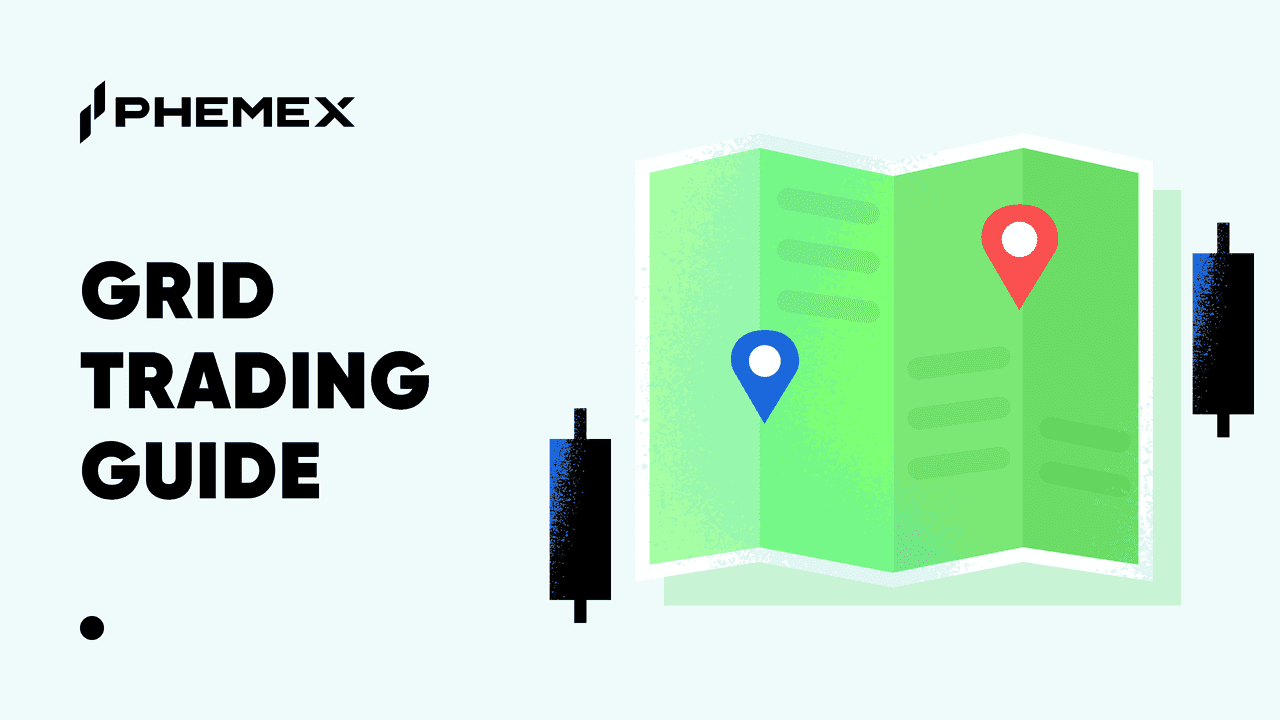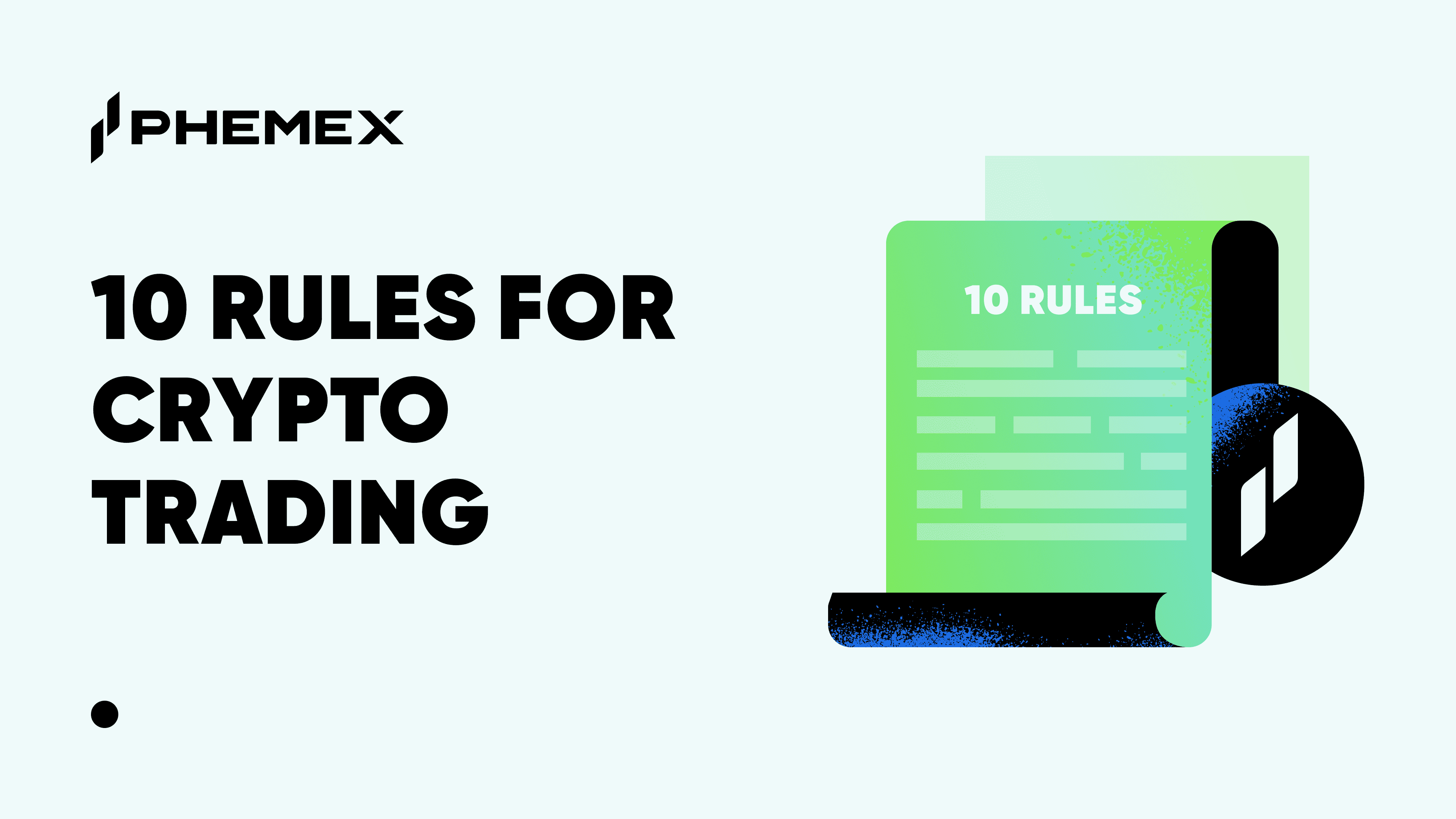Understanding Margin in Cryptocurrency Trading
Margin trading, a key concept in finance and cryptocurrency markets, involves using borrowed funds from a broker or exchange to invest in financial assets. This strategy amplifies both potential gains and risks, making it a critical tool for experienced traders in the Bitcoin industry.
In the realm of Bitcoin and cryptocurrency trading, margin refers to the collateral an investor deposits to cover credit risk associated with borrowing funds. This risk arises when investors borrow money to buy cryptocurrencies or engage in derivative contracts. Margin allows for buying cryptocurrencies on credit, using securities in the investor's account as collateral.
The term 'margin' also extends to the general business domain, representing the difference between selling price and production cost, or profit to revenue ratio. In adjustable-rate mortgages (ARM), margin indicates the added interest rate portion to the adjustment-index rate.
Key Points in Margin Trading:
Margin Trading: This involves trading financial assets using funds borrowed from a broker, with the investment serving as collateral for the loan.
Margin Account: An account where investors can use existing cash or securities as collateral for a loan, pivotal in cryptocurrency markets.
Leverage: Margin trading leverages your investment, potentially enhancing profits but also increasing the risk of amplified losses.
Margin Call: In case of a loss, brokers may liquidate securities without prior consent to cover the margin call.
Margin trading in the Bitcoin industry, also known as 'buying on margin,' is akin to taking a loan from your broker to purchase cryptocurrencies. This approach offers the allure of higher returns compared to using cash, leveraging the investment to potentially magnify returns. However, it's crucial to remember that while margin trading can boost profits, it also escalates the risk of losses, especially if the market doesn't move as anticipated.
How the Process Works
Maximizing Investments with Margin Trading in the Bitcoin Industry
Margin trading, a strategic approach in the Bitcoin and cryptocurrency markets, involves borrowing funds from a broker to purchase stocks or digital assets. It's akin to receiving a loan from your brokerage, allowing you to invest in more assets than your cash reserves would normally permit.
To engage in margin trading, you need a specialized margin account, distinct from a regular cash account where trades are limited to the available funds. In a margin account, your deposited cash acts as collateral for a loan, enabling you to borrow up to 50% of an investment's purchase price. For example, with a $5,000 deposit, you could invest up to $10,000 in stocks or cryptocurrencies.
This loan from your broker incurs interest, which you're responsible for repaying. Any proceeds from selling your investments first go towards settling the loan, with the remainder being your profit.
Regulated by the Financial Industry Regulatory Authority (FINRA) and the Securities and Exchange Commission (SEC), margin trading comes with strict rules regarding deposit amounts, borrowing limits, and account maintenance.
Key Aspects of Margin Loans:
Collateral Requirement: Your account assets, including cash, stocks, and mutual funds, serve as collateral for the margin loan. Most brokers require a minimum of $2,000 in your account for margin borrowing.
Credit Limit: The borrowing limit is typically up to 50% of an asset's purchase price, based on the collateral value in your account. For instance, to buy $5,000 worth of an asset on margin, you need at least $2,500 in cash as initial margin.
Interest Rates: Brokers charge interest on margin loans, varying based on the loan size. Larger loans often attract lower interest rates. This interest accrues monthly and is applied to your margin balance, with asset sales first addressing the loan repayment.
While margin loans share similarities with traditional loans, their unique features, especially in the volatile world of Bitcoin and cryptocurrency trading, introduce distinct risks and opportunities. Understanding these nuances is crucial for investors looking to leverage their investments through margin trading.
Components of Margin Trading
"Key Elements of Margin Trading in the Bitcoin Market
Margin trading, a crucial strategy in the Bitcoin and cryptocurrency sector, involves certain key components:
Minimum Margin Requirement: To start margin trading, brokers legally require your consent to open a margin account. This might be part of your standard account agreement or a separate one. The initial investment for a margin account is typically $2,000, but some brokerages might ask for more. This deposit is your 'minimum margin,' the foundational requirement to begin trading on margin.
Initial Margin Capacity: With your margin account active, you're allowed to borrow up to 50% of a stock's purchase price, referred to as the 'initial margin.' Importantly, you're not obliged to use the full 50% margin capacity. You have the flexibility to borrow less, such as 10% or 25%, depending on your investment strategy and risk tolerance. Keep in mind, certain brokerages might require a higher deposit than 50% of the stock's value.
Remember, as long as you meet your obligations, like timely interest payments on borrowed funds, you can maintain your loan indefinitely. When you sell stocks in a margin account, the sales proceeds first go towards repaying your broker for the loan, gradually reducing your borrowed amount.
Incorporating these components effectively into your Bitcoin and cryptocurrency investments can optimize your trading potential, allowing for greater market leverage and investment capacity. Understanding and managing these aspects of margin trading are key to leveraging your investments and maximizing returns in the dynamic world of cryptocurrency trading.
What are maintenance requirements and margin calls?
Margin loans in the Bitcoin and cryptocurrency trading world exhibit distinct differences from traditional loans like mortgages. With a mortgage, the value of your home doesn't impact your loan terms post-signing. If your house's value decreases, it's a paper loss; your bank won't alter your interest rate or demand loan reapplication. They can't force a house sale or seize other assets like a car to recoup losses.
In contrast, margin loans in the Bitcoin industry are closely linked to the ever-changing values of cash and securities in your brokerage account, which act as collateral. To adhere to a margin loan's terms, you must maintain a minimum collateral level, known as the broker's 'maintenance level.'
If your portfolio's value drops, causing collateral to fall below this level – a scenario common in the volatile Bitcoin market – your broker issues a 'margin call.' This call requires you to promptly elevate your account's value back to the minimum maintenance level. You can do this by adding more cash or selling assets to increase cash in your account.
Failing to meet the margin call within the given timeframe leads to broker intervention. They may liquidate certain stocks or investments in your account to achieve the required balance. This dynamic nature of margin loans, in contrast to more stable traditional loans, is a critical consideration for investors in the Bitcoin and cryptocurrency markets, where value fluctuations are frequent and often significant.
Pros and Cons of Margin Trading in the Bitcoin Industry
Advantages of Margin Trading:
Leverage-Induced Gains: Margin trading can lead to amplified profits due to the leverage effect. It increases your purchasing power, enabling you to buy more securities than your existing capital. This leverage can escalate gains significantly, especially in the Bitcoin market, where investment swings can be substantial.
Increased Investment Opportunities: Using your capital as collateral for larger loans opens up more investment opportunities. As the value of securities or Bitcoin increases, your collateral value may rise, offering further leverage prospects.
Flexibility: Margin trading typically offers more flexibility than traditional loans. Many margin accounts don't have a fixed repayment schedule, with payment often due only when securities are sold. Additionally, maintenance requirements by brokers might be straightforward or even automated, making margin accounts a convenient option for investors in the Bitcoin industry.
Disadvantages of Margin Trading:
Potential for Amplified Losses: Just as margin trading can magnify profits, it can also exacerbate losses. In the volatile Bitcoin market, rapid declines in security values can lead to substantial debts beyond the initial equity investment.
Interest Charges and Fees: Margin accounts incur interest expenses and account fees, regardless of performance. These costs must be considered when trading in the Bitcoin market, as they can impact overall returns.
Risk of Margin Calls: A significant risk in margin trading is the margin call, where brokers require additional funds due to a drop in equity value. Investors in Bitcoin must be prepared with extra capital to meet such calls.
Forced Liquidations: If investors can't meet margin calls or if account values fall sharply, brokers might forcibly liquidate securities. This often results in selling at a loss to meet broker requirements, a scenario that's particularly risky in the Bitcoin industry due to market volatility.
In conclusion, while margin trading in Bitcoin and cryptocurrency markets offers the potential for higher returns and increased investment options, it comes with risks of greater losses, additional costs, and the need for vigilance in managing account equity and margin requirements.
What Are the Risks of Trading on Margin?
Understanding the Risks of Margin Trading in the Bitcoin Market
Trading on margin in the Bitcoin and cryptocurrency industry involves significant risks, including the potential to lose more than your initial margin account deposit. This risk escalates when the value of your held securities decreases, compelling you to add more funds or face a forced sale of these assets.
Feeling apprehensive about margin calls? It's a common concern among investors. Stock values, particularly in the Bitcoin market, fluctuate constantly, increasing the risk of dipping below the required maintenance level. Additionally, brokerage firms may alter maintenance requirements with minimal notice, as stipulated in most margin loan agreements.
Margin trading can lead to various financial complications, such as:
Forced Sale of Shares: To meet a margin call, you might have to sell shares, thus forfeiting the chance to recover losses if the stock's value rebounds.
Tax Implications: In taxable brokerage accounts, selling shares to cover margin calls could result in a higher short-term capital gains tax. Brokers have the discretion to decide which equities are sold to meet margin requirements, removing your control over the process. However, margin loan interest might be tax-deductible against investment income in some cases.
Loan Terms vs Investment Gains: The profitability of margin trading hinges on your investments outperforming the interest rate on the margin loan. Failing this, your investment gains might be significantly reduced.
Credit Impact: Similar to traditional loans, failure to repay a margin loan as per the agreement can negatively affect your credit score.
Increased Loss Potential: As illustrated, buying on margin, especially in the volatile Bitcoin market, can result in greater losses compared to trading within the limits of your cash reserves.
In summary, while margin trading in Bitcoin offers opportunities for enhanced returns, it's imperative to understand and manage the associated risks, including market volatility, tax consequences, loan costs, and the potential for greater financial losses.
Read More
- Margin: How to Increase Your Buying Power and Trading Profits
- What are Crypto Cross Trades: Marginal or Mainstream?
- What is Contract Trading in Crypto & How does it Work?
- How To Trade Crypto: The Ultimate Investing Guide
- What is Contract Trading: How to Trade Crypto Derivatives on Phemex
- What is Cryptocurrency & How does it Work?
- What is Spot Trading & How does it Work?
- Hedging Bitcoin: 5 Risk Management Strategies in Crypto Trading








